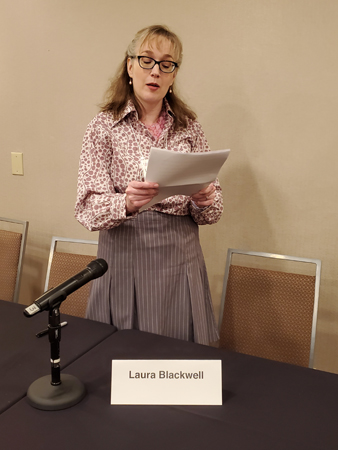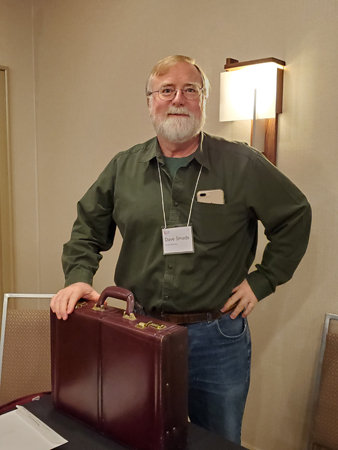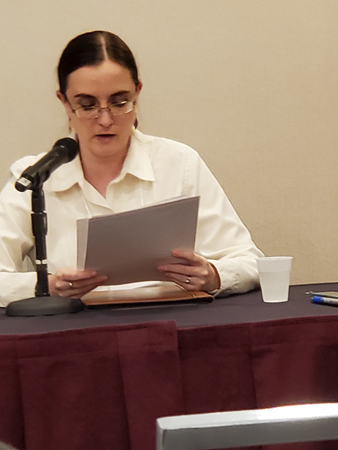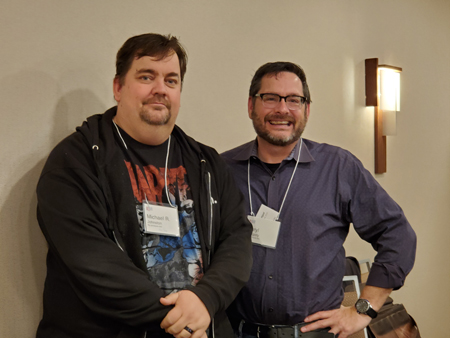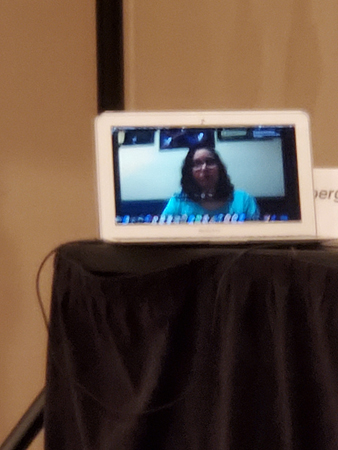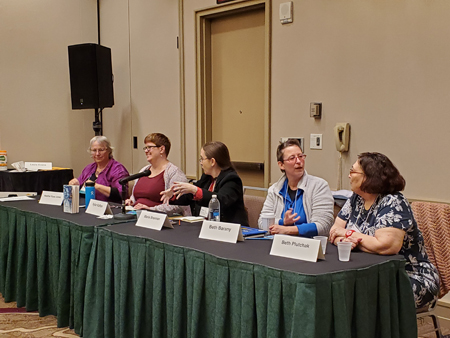Here is a scrap from a work in progress, Chalice, a fantasy novel set in Seattle in the 1930s. Magic flourishes and booze is still illegal. Gabe is a blind tattooist who has acquired a set of magical tattoo needles that give him information via mental images. This section is a flashback to how he met his shapeshifter lover, Philippe. Definitely a case of lust at first sight, or not exactly sight. I hope you enjoy it.
*
It could have been only a day ago that he had pushed open the door to Pedro and Violet’s botanica, its bell chiming, and stood, inhaling the pungency of the dried herbs around him, mingled with the sweetness of lavender, mint and something slightly like vanilla. Underneath them all, the scent of lemon oil and moist earth. He knew from his neighbors on the waterfront block that the couple grew starts of some specialty herbs in the backroom. Traditionally, that space would have been a stillroom, but stills, even for herbs and essential oils, raised eyebrows and suspicions in Seattle. And, unlike him, they didn’t live in the backroom either.
“Help you?” the woman asked. Her voice was low-pitched, young, with the lilt of some accent of the American south. Gabe remembered hearing that accent from the war, but he couldn’t place it.
“My name’s Gabe Malek,” he said. He swept his cane in a shallow arc in front of him and advanced, holding out his other hand. “I run the tattoo parlor next door.”
“I’ve seen you. I’m Violet Solomon.”
“Pleasure.” He’d reached the counter, the source of the lemon oil smell. The woman’s grip was firm and soft-skinned.
The other magickers on the street had filled him in, in bits and pieces; she worked with her husband, or common-law at least. She was colored and the neighbors thought the husband was Spanish. There was a brother who came by most days and helped behind the counter sometimes.
He said, “I’m always looking for an antiseptic that burns less than alcohol.”
“I have a nice spirit of lavender cream.”
“I think a few of my clients have purchased it,” he said.
“A few. They’re sure proud of your tattoos. You’re an artist.”
“Thank you.”
“Don’t thank me, just repeating what I’ve heard.” From the faint clinking, she was fiddling with something underneath the counter. The needles showed him a chariot, a woman with a tall headdress driving it, plunging forward. That image didn’t quite match the voice, but he’d learned that those details didn’t matter. That was how the needles saw her.
Lavender scent danced around him. “I’ve never heard of a blind tattooist before,” she said.
“I don’t think there are that many of us.”
“May I?” She took his
hand and guided his fingers across a cool, silken surface. The cream clung to
his fingertips. “Maybe just the one? You?”
He smiled. “Maybe, at that.” He rubbed his thumb across his fingers. The cream was rich, but light. “You and your husband, you’re botanical magicians?”
“Pedro is, not me. I just do herbs.”
“You’re a curendera.” He
lifted his fingers to his nose.
“Raised and trained by two of the best, if I do say so,” she said. “I have a couple other infection-fighting plant essences in there.”
“How much per jar?”
“Thirty cents.”
“I’ll take six jars,” he said. “I’m trying to place the accent. Georgia?”
“It is not!” She sounded almost outraged, but then she laughed. “Florida. St. Augustine.”
“I met some men from Georgia during the war. It’s the only accent I recognized.”
Jars clinked. “You were in the war? Is that how you lost your sight?”
“No. The eyesight was a trade for magic.”
“Magic.” Paper rustled. After a few seconds she said, “Worth it?”
“Ask me again later.”
“How long’s it been?”
“Twelve years.”
“Really, and you still say, ‘ask me later?’”
The bell on the door jingled. Gabe hadn’t paid attention to the steps on the wooden walkway. The scent, and the energy, was male and young. “Morning, sis,” the newcomer said, in a voice like the low notes of a cello. Gabe felt that voice vibrate in his chest, as if he were the instrument himself.
“Philippe, come meet our neighbor. Mr. Malek, the tattooist.”
“It’s Gabe,” he said, turning and holding out his hand. The brother moved lightly, nearly soundlessly across the floor, as if he were gliding. His grip, too, was firm, his hand warm where his sister’s had been cool.
“Pleased to meet you.” From the direction of his voice, he might be an inch shorter than Gabe, maybe two.
“He’s buying spirit of lavender.”
Gabe said, “It’s gentler on the skin than alcohol.”
“Most everything’s gentler than alcohol.” There was a hint of laughter in the voice.
“Little brother,” Violet said.
“Tattoos can sting, sometimes for days,” Gabe said. “Anything that soothes the skin is good.”
“Then why not try shimmer lotion?”
“Philippe!” Violet’s voice got a little high-pitched. “It’s perfectly legal, Mr. Malek—”
Gabe held up a hand. “I know the difference. Shimmer is great for easing pain. It’s just difficult to get.”
“Because people confuse it with that vile blood-magic shit they make with it,” she said.
“Shimmer-shim.”
“Violet makes a lotion and a gel that’s good for sore muscles,” Philippe said. “The dock workers use it, and the factory girls.”
Gabe pulled out his wallet. “Can I buy a sample of the lotion? And I need to pay for the lavender.”
“You can pay for the lavender, but I’ll give you a sample of the shimmer.” Her heels tapped away.
Warmth caressed Gabe’s right side as Philippe leaned against the counter. “I see you most mornings, walking back from the diner,” he said.
“I have breakfast there every day.”
“I stop in to help out here after I do my rounds for the grocer.”
“Green-grocer?” Gabe said, using the slang for a botanical magician.
The young man laughed. Gabe felt a warm shaft of desire shoot through him.
“Naw. Fruits and vegetables, mostly.”
Violet returned. “Here you go.” Paper crackled and Gabe reached out for the package.
“Let me.” Philippe moved, and the package was guided into Gabe’s hands. For a second, their fingers touched.
“Don’t be a stranger,” Violet said.
Gabe wondered, or hoped, that the brother’s gaze followed him as he left the shop.


